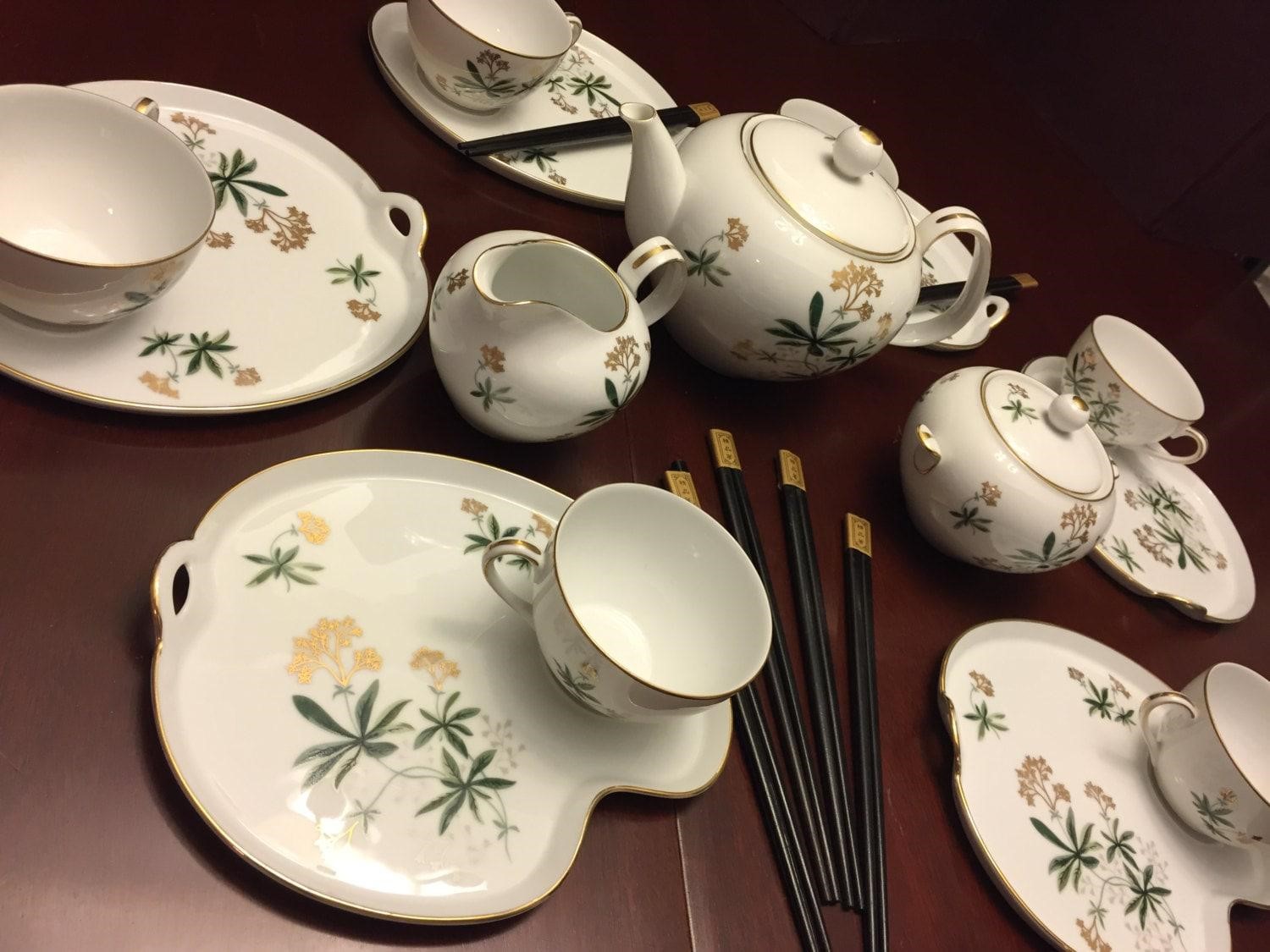The Noritake label has made great strides to get where it is now, from basic origins to worldwide popularity. Noritake, established in 1876 by the Morimura Brothers, produces a finely constructed assortment of tableware, plates, and other goods that are inspired by Western aesthetics and emphasize a high-quality lifestyle. What makes Noritake different and best amongst others is the finest quality products they offer with such great aesthetics and that too at affordable prices. Here you can find fun facts about Noritake you didn’t know before. If you look closely at Noritake, you’ll notice a few fascinating pieces of information about the organization that you didn’t seem to know.
Table of Contents
Nippon Toki Gomei Kaisha was Noritake’s previous name
During the year 1876, the Morimura Brothers established a trading enterprise in New York that sold imported products such as dinnerware, curios, decorations, antiquities, and souvenirs to consumers. The brothers, nevertheless, became more interested in European ceramics in 1904 and decided to mass-produce higher economical substitutes for the American market.
Nippon Toki Gomei Kaisha (Noritake) was founded to produce foreign-stylechinaware in Japan. Because of the abundance of raw materials and the presence of many competent craftsmen in the region, the production facility was established there.
Noritake’s first dinner set dates back more than 104 years!
Noritake’s first western-style dining set, the Sedan, was released in 1914. It took them more than a decade to develop and ship their first tableware set. The Sedan has a white body with a tan accent and exquisite floral motifs all over it. Because Noritake’s earliest dinner pieces are no longer in business, you could only get them on online auctions or at vintage shops.
Each of Noritake’s goods was hand-painted and gold-plated.
Skilled Japanese painters hand-painted exquisite motifs on your Noritake antiques. Earlier in the day, the oldest dinner plates were usually lavishly adorned with gold leaves. As a method to recognize early Noritake ceramic, this was the basic guideline when producing some of the oldest plates and bowls.
The complex decorations were out of style as time passed. The latest craze was simple designs. Before World War I, dinnerware was considered a luxurious asset commodity and was not readily available to the general public. Rather than developing pricey and ornate sculptures, they concentrated on making items that the general public could afford and appreciate. Noritake’s major concentration shifted over time to making high-end products.
To start with, that was never just supper plates, teacups, and platters.
Noritake’s previous concentration was not just on bone china, but rather on additional products like vases, pots, watches, ceramic dolls, and so forth. Such antiques were created for the twentieth century and were popular in the American market at the time. It is stated that Noritake antique chinaware is expensive and has greater value, particularly those manufactured in the nineteenth century. Noritake now creates contemporary patterns and styles for the modern community of the twenty-first century.
It took 80 years for the Noritake name to be properly registered.
When the corporation was unable to change its name from Nippon Toki Co. Ltd to Noritake Co. Limited, an intriguing controversy arose. Because Noritake is a registered trademark in Japan, “Noritake” may not be seen as a brand name. While many customers have been calling it “Noritake” since the 1920s, it was only formally changed in 1981, more than half a century later. Over 142 years, Noritake has created a rich and glorious heritage. Noritake acquired a household name during the first generation, and is now one of the far more preferred weddings and welcoming presents.
